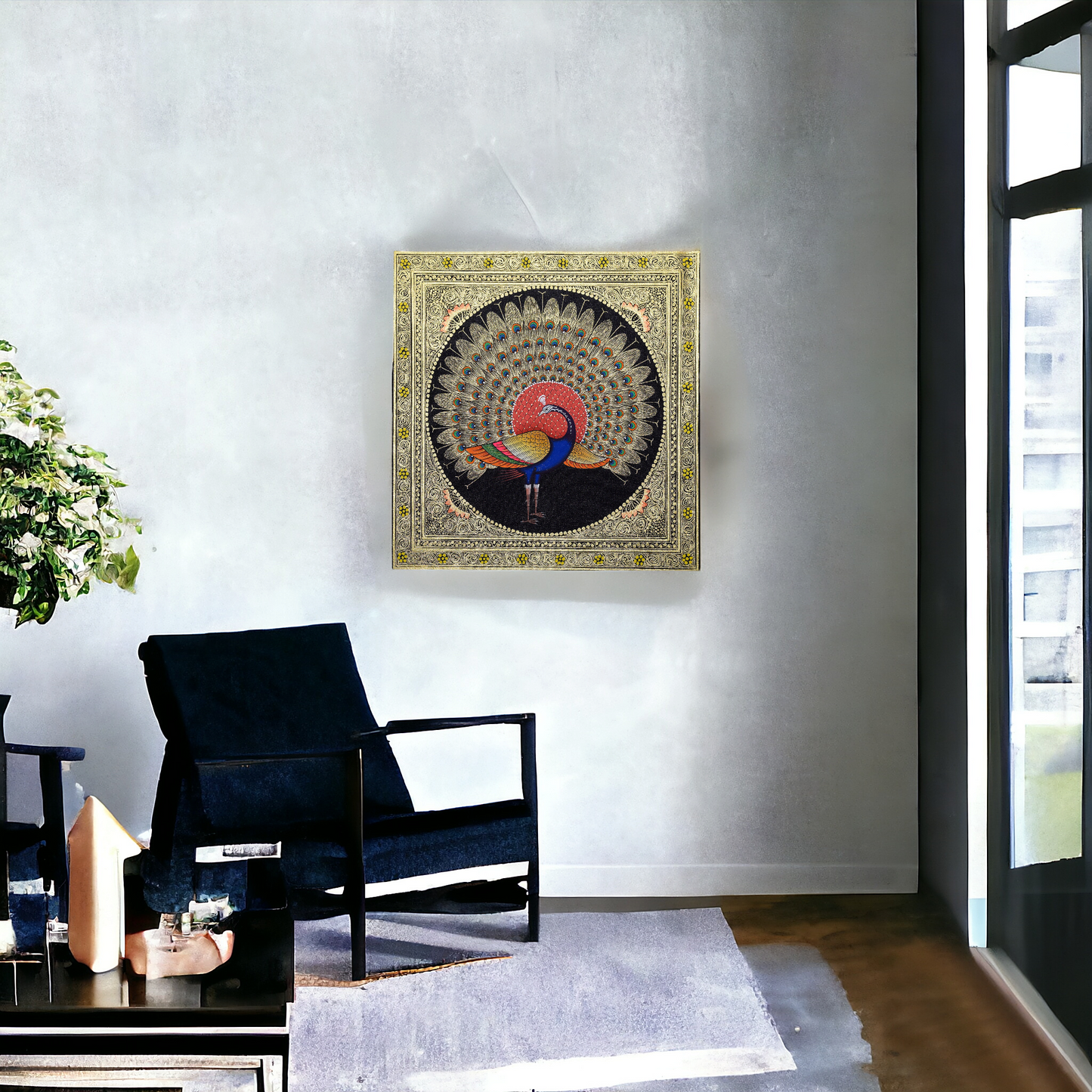1
/
of
2
Regular price
Rs. 1,450.00
Regular price
Sale price
Rs. 1,450.00
Unit price
/
per
Tax included.
Couldn't load pickup availability
Share
Care & Instruction
Care & Instruction
Care & Instructions:
- Keep away from direct sunlight
- Can be safely dusted using a clean, soft natural artists brush.
- Do not use moist dust cloths, stiff bristle brushes, or feather dusters to clean the painting.
- Avoid spraying any fresheners, polish etc directly onto the painting.
Features
Features
Dimensions:
- H-4 W-4 inches
- H-5.5 W-5.5 inches
- H-9 W-9 inches
- H-14 W-14 inches
Product Material: Natural stone pigment on cotton
Shipping & Delivery Details
Shipping & Delivery Details
DELIVERY INFORMATION
SHIPPING TIME
- The product will be dispatched in 2-4 weeks.
RETURNS
- Made to order items cannot be returned or exchanged
- Returns accepted within 3 days of delivery in case of damaged goods
Disclaimer
Disclaimer
- Each artwork is hand-painted and unique, so colors and details may vary slightly from the images shown.
- Each painting is handmade by a house of skilled artists. No two pieces are identical, which only adds to its originality and allure.




